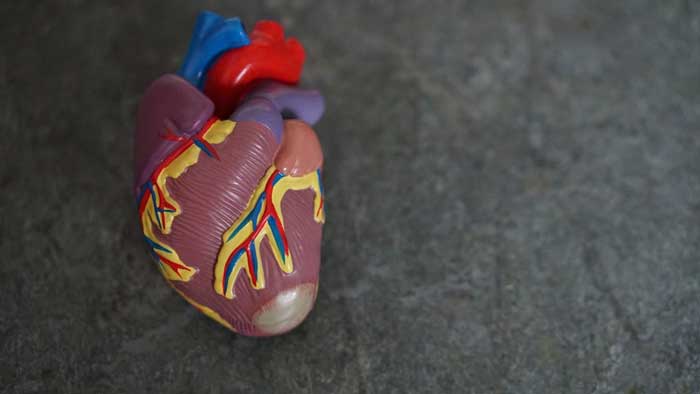 Heart rate support is reliably provided by implanted pacemakers. However, this technique requires regular prophylaxis and replacement of batteries, which implies additional procedures. American scientists offer a fundamentally new technology that allows the implantation of carbon fibers that normalize the functioning of the heart muscles.
Heart rate support is reliably provided by implanted pacemakers. However, this technique requires regular prophylaxis and replacement of batteries, which implies additional procedures. American scientists offer a fundamentally new technology that allows the implantation of carbon fibers that normalize the functioning of the heart muscles.
Cardiac activity is regulated by the supply of electrical signals to the muscles. However, if the signal transmission system is damaged, a malfunction in the heart rhythm occurs. Its restoration is currently assigned to implantable pacemakers or special medications.
A group of scientists from Rice University and Texas Heart Institute are developing a fundamentally different method. Carbon fibers of small thickness are implanted into the damaged heart muscles, which restore the electrical circuit, ensuring the rhythmic functioning of the heart. Implantable fibers have tens of millions of nanotubes capable of transmitting an electrical signal. Outside, the fibers are coated with polymers.
During the tests, problems with the heart rate were eliminated, and the fibers provided the electrical circuit of the heart for several months. When the carbon fibers were removed at the end of the experiment, the heart rate problem returned.
This technique is most promising in the treatment of ventricular arrhythmias that occur after a heart attack and heart failure. The disease manifests itself in the form of random pulses in the lower part of the heart.
Currently, scientists are working on the problem of safe fiber implantation in the human heart, as well as choosing the optimal fiber thickness and length.






